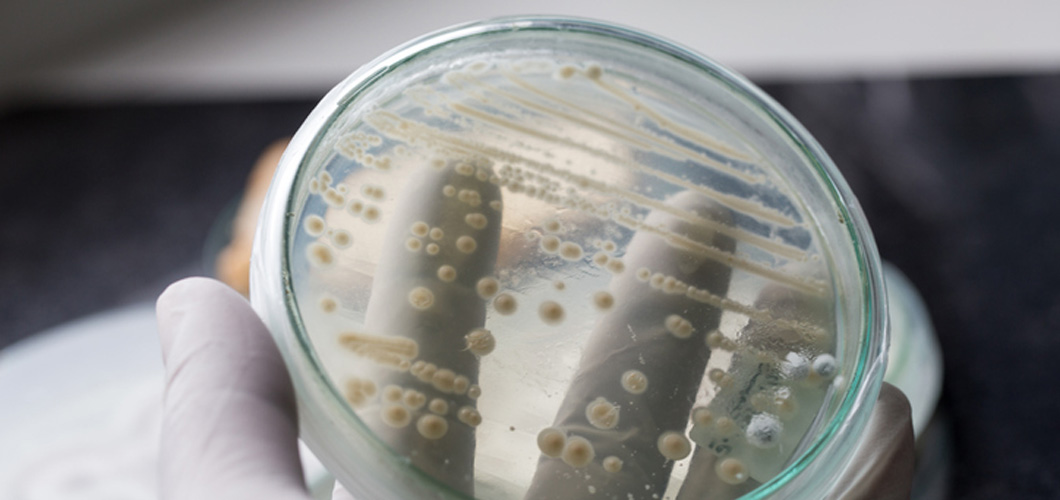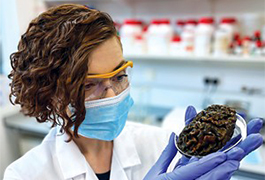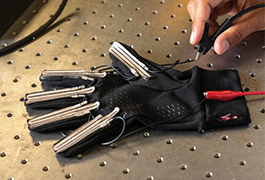Brewing Up Cancer-Beating Drugs
Using single-celled organisms to produce specific chemicals is a concept as old as brewing. While yeast are still used as microscopic factories to produce carbon dioxide and ethanol for beer, researchers have developed countless other whole-cell catalytic systems to produce a variety of desirable compounds.
Recently, genetically modified versions of brewer’s yeast have been used to produce the potential cancer drug noscapine. The yeast can also produce a noscapine precursor, which can be used to synthesize potentially improved versions of the drug.
Noscapine has been used as a cough medicine since the 1960s. Preclinical trials suggest it also kills cancer cells with relatively mild side effects. But it is obtained from poppy plants, which have to be protected because they also produce controlled substances such as morphine. Chemical syntheses of noscapine require too many steps to be practical commercially.
To provide a better source, Christina D. Smolke of Stanford University and coworkers engineered yeast with a noscapine pathway that includes 25 plant, bacteria, and mammalian genes and six modified yeast genes (Proc. Natl. Acad. Sci. USA 2018, DOI: 10.1073/pnas.1721469115). Seven of the genes are for enzymes that must enter yeast endoplasmic reticulum membranes to fold and work properly, making them particularly challenging to engineer.
Commercializing the yeast process would require a two to three order-of-magnitude boost in noscapine output, but the researchers believe they can improve output 100-fold just by moving the system from lab flasks to large-scale bioreactors.
The yeast normally feed on glucose, but feeding them tyrosine derivatives instead yielded derivatives of reticuline, a noscapine precursor. Jens Nielsen of Chalmers University of Technology, Gothenburg, Sweden, says that the reticuline capability opens opportunities for “many new compounds that may have interesting pharma applications.”
Stanford has patented the yeast, and Antheia, a company Smolke cofounded, has licensed the technology.
Adapted from “Engineered brewer’s yeast make potential cancer drug.” S. Borman, Chemical & Engineering News. 96(15), April 5, 2018.





